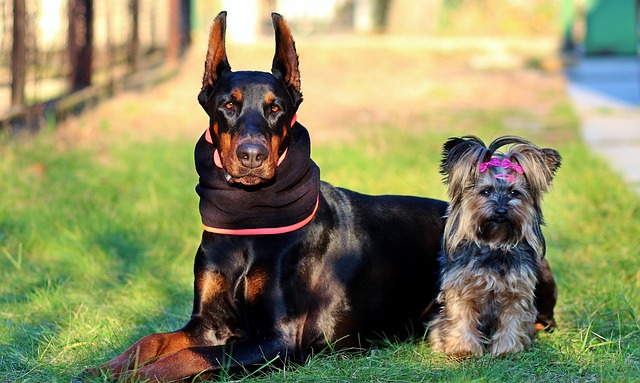
How to play with a dog on a hot day
When the sun blazes and the air feels like a warm blanket, your dog’s usual zoomies around the park might turn into listless stares at the door
Dogs sense our moods like little emotional barometers, but calming them doesn’t need fancy tricks. First, carve out their own quiet nook: a plush bed away from foot traffic, maybe near a window where they can watch birds. Add a blanket they’ve napped on for weeks—familiar smells are like a security blanket. Always keep this space off-limits to rambunctious kids or other pets; it’s their sanctuary.
Stick to a daily rhythm—dogs thrive on predictability. Feed them at the same times, take walks after breakfast, and wind down with a brush before bed. Even small rituals, like a treat after their evening potty break, create a sense of order. When life feels steady, their tails wag steadier too, and they’re less likely to startle at sudden noises.
Muffle harsh sounds that spike their anxiety: vacuum cleaners, sirens, or holiday fireworks. Try a white noise machine in their corner, or play soft jazz—studies show certain melodies slow their heart rates. Notice when they perk up nervously, then gently turn on the sound—over time, it becomes a signal that all’s well, not a warning.
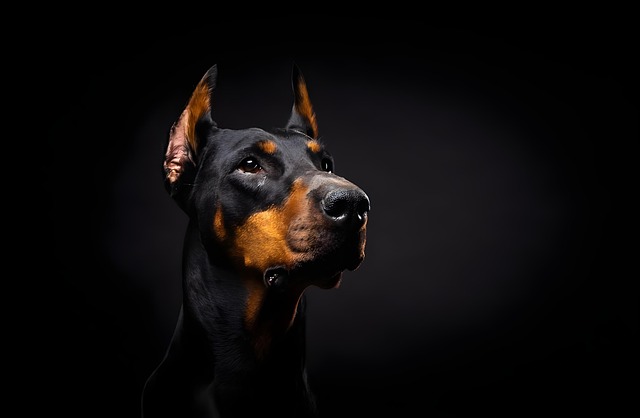 Hands-on comfort works magic when done right. Stroke their chest in slow, even motions, or cup their muzzle softly like you’re checking for a smile. Watch their body language—if they lean into you, keep going; if they pull back, switch to sitting quietly beside them. Sometimes just being present, no touching needed, is calm enough.
Hands-on comfort works magic when done right. Stroke their chest in slow, even motions, or cup their muzzle softly like you’re checking for a smile. Watch their body language—if they lean into you, keep going; if they pull back, switch to sitting quietly beside them. Sometimes just being present, no touching needed, is calm enough.
Chewing is nature’s stress reliever for dogs. A durable Kong stuffed with peanut butter keeps their jaws busy and minds focused. Freeze it for longer distraction during storms or when guests arrive. Praise when they carry it to their bed—you’re rewarding calm behavior without even trying, and they’ll catch on fast.
Short, upbeat training sessions build their confidence, which crushes anxiety. Teach “find it” by hiding treats around the room, or “paw” for a gentle high-five. Use a happy tone, even if they fumble—excitement is contagious, and success tastes sweet. A dog that knows they can do things right walks a little taller, less jittery.
Helping your dog stay calm is about tuning into their needs, not changing who they are. Maybe they love sunbeams on the floor, or the sound of your voice humming. Learn their cues, and meet them there. In those moments when they curl up at your feet, eyes soft and breathing slow, you’ll both feel it—that quiet trust that makes everything better.

When the sun blazes and the air feels like a warm blanket, your dog’s usual zoomies around the park might turn into listless stares at the door

Dogs sense our moods like little emotional barometers, but calming them doesn’t need fancy tricks. First, carve out their own quiet nook: a plush bed away from foot traffic, maybe near a window where they can watch birds.
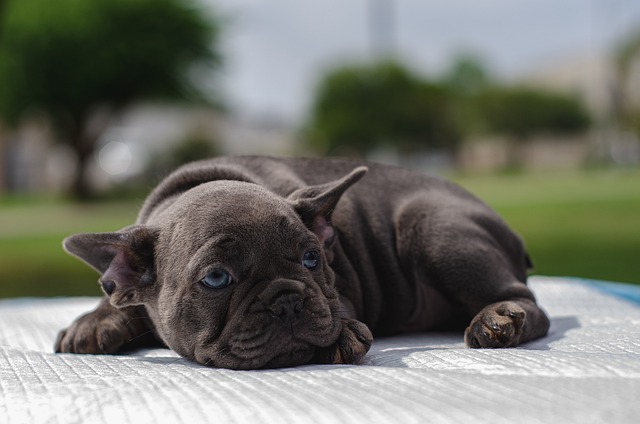
French bulldogs—with their squishy faces,bat-like ears,and wiggly tails—are hard not to adore.But their cute,compact bodies come with some unique physical traits that can put extra strain on certain parts of their anatomy,including their backs.

Watching a beloved dog grow old is a mix of joy and quiet sorrow. Those graying muzzles and slower steps hold a lifetime of memories, but as their bodies wind down, subtle shifts start to show.
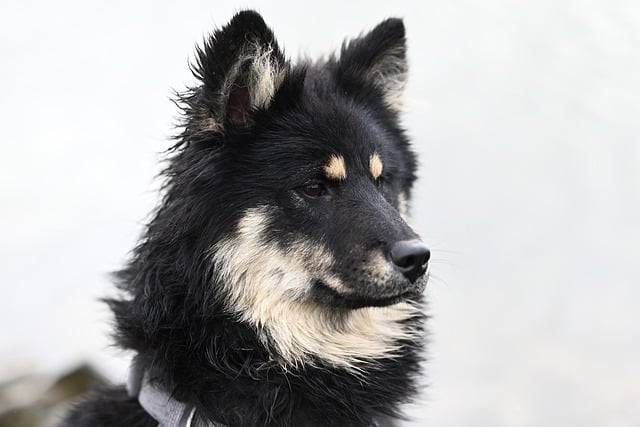
Watching your dog gray around the muzzle and slow down a little can tug at the heart, but aging doesn’t mean losing that spark.
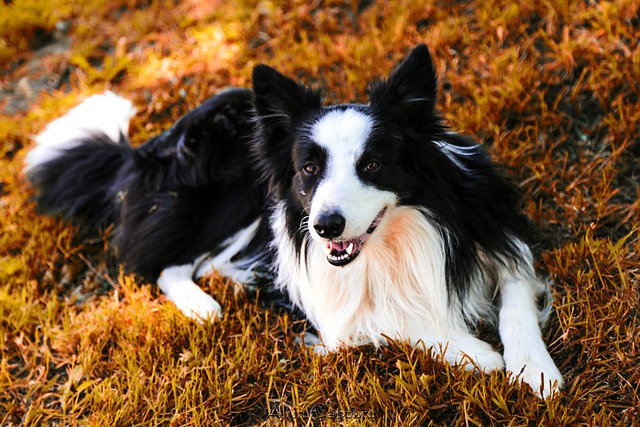
That panicked scramble when you turn on the garden hose or your pup's sudden refusal to step in a rain puddle - while viral videos show Labs gleefully diving into ponds